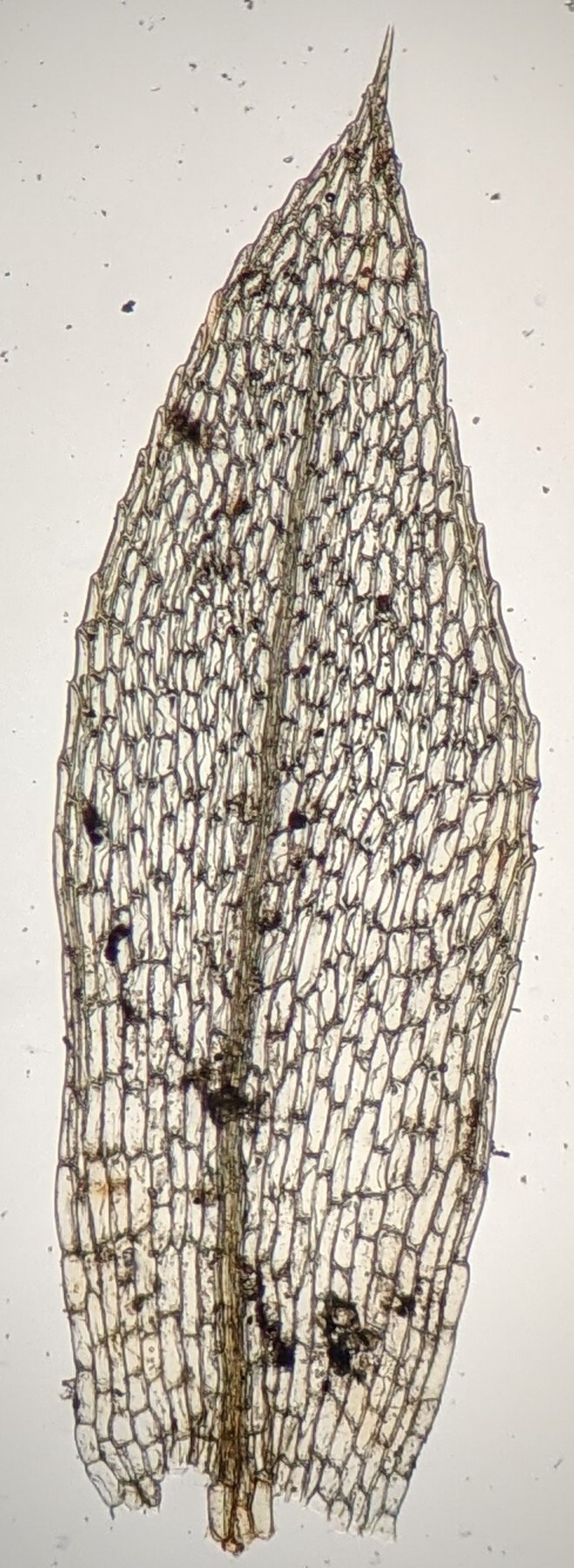Entosthodon radians
(Hedw.) Müll.Hal.Autoicous. Turves or tufts on soil. Stems 3–5 (–25) mm long, once-branched, red-brown. Leaves broadly obovate to spathulate, 1.5–3.5 (–4) mm long, 1–1.8 mm wide, concave adaxially, patent or spreading when moist, wrinkled or little altered when dry; costa extending to (5–) 7–10 or more cells below apex; margins serrulate in apical 1/2, plane, with 1–3 rows of longer cells forming a weak border; apex broadly acute, cuspidate; laminal cells in apical half oblong-hexagonal, 45–90 (–105) μm long, 30–36 μm wide, more oblong and longer near base; alar cells not differentiated. Seta 5–12 (–14) mm long, twisted to right throughout, pale brown or reddish brown. Capsule obovoid, asymmetric, inclined to nearly horizontal, 1.5–2 (–2.3) mm long. Operculum low conic, c. 0.75 mm diameter. Peristome double; endostome variable, well developed to ¾ length of exostome teeth or irregular and shorter.
GipP, EGL, HSF, OtR. Moist bare soil usually near creeks, rivers or waterfalls in the south of the state but occasionally elsewhere in drier sites (e.g. north-west). Widespread throughout Australia. New Zealand, New Caledonia and South America.
 Spinning
Spinning


